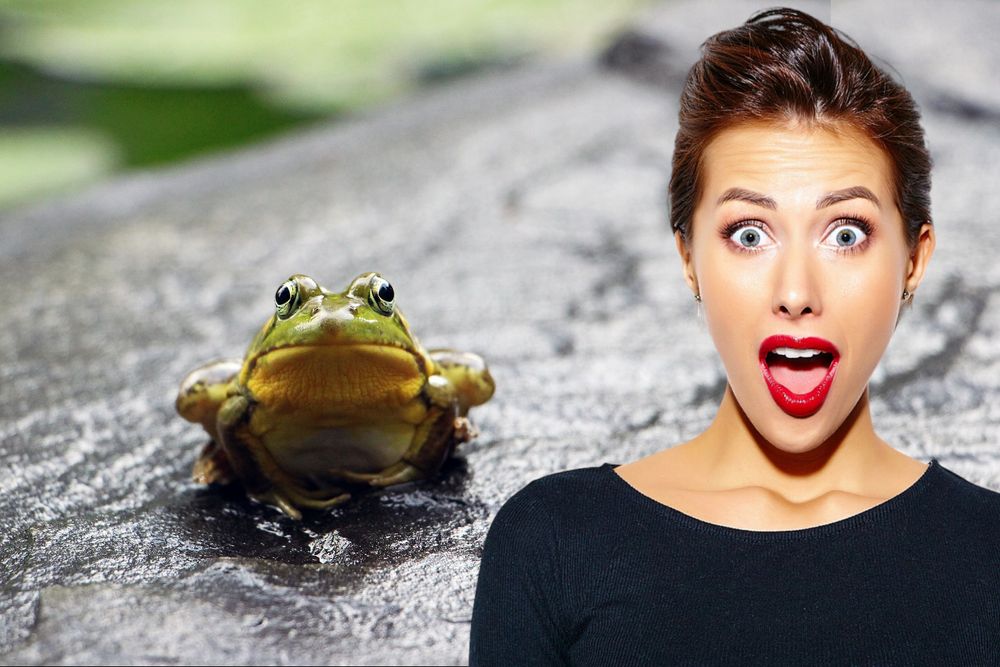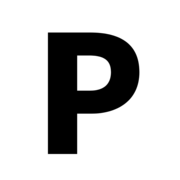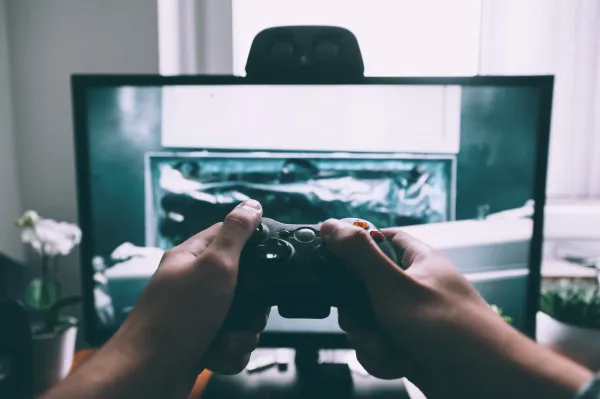Eat The Frog: What Sounds Gross Is My Fastest Way To Be More Productive
If You Want To Be More Productive, Start With The Slimiest, Grossest Part
Introduction
Imagine if you had to eat a frog every day - raw, undercooked, gooey, and fidgety. But, when would you eat it? First thing in the morning? At lunchtime as a snack in between? Or in the evening before going to sleep?
The Eat the Frog method states: Eat the frog first. Then it's behind you and you don't have to worry all day long with the thought that the frog will be waiting for you later.
Of course, the method is not about a real frog. Instead, it's about a task that you want or need to do during the day. A task that is unbelievably important, complex, or just annoying.
The animal symbolizes the biggest, most unpleasant chunk on your to-do list. And it's best to do it right away.
If you have more to do than just swallow a nasty frog, then I can recommend the Pomodoro method. This article explains how this works and which tools make it easier for you to implement it:
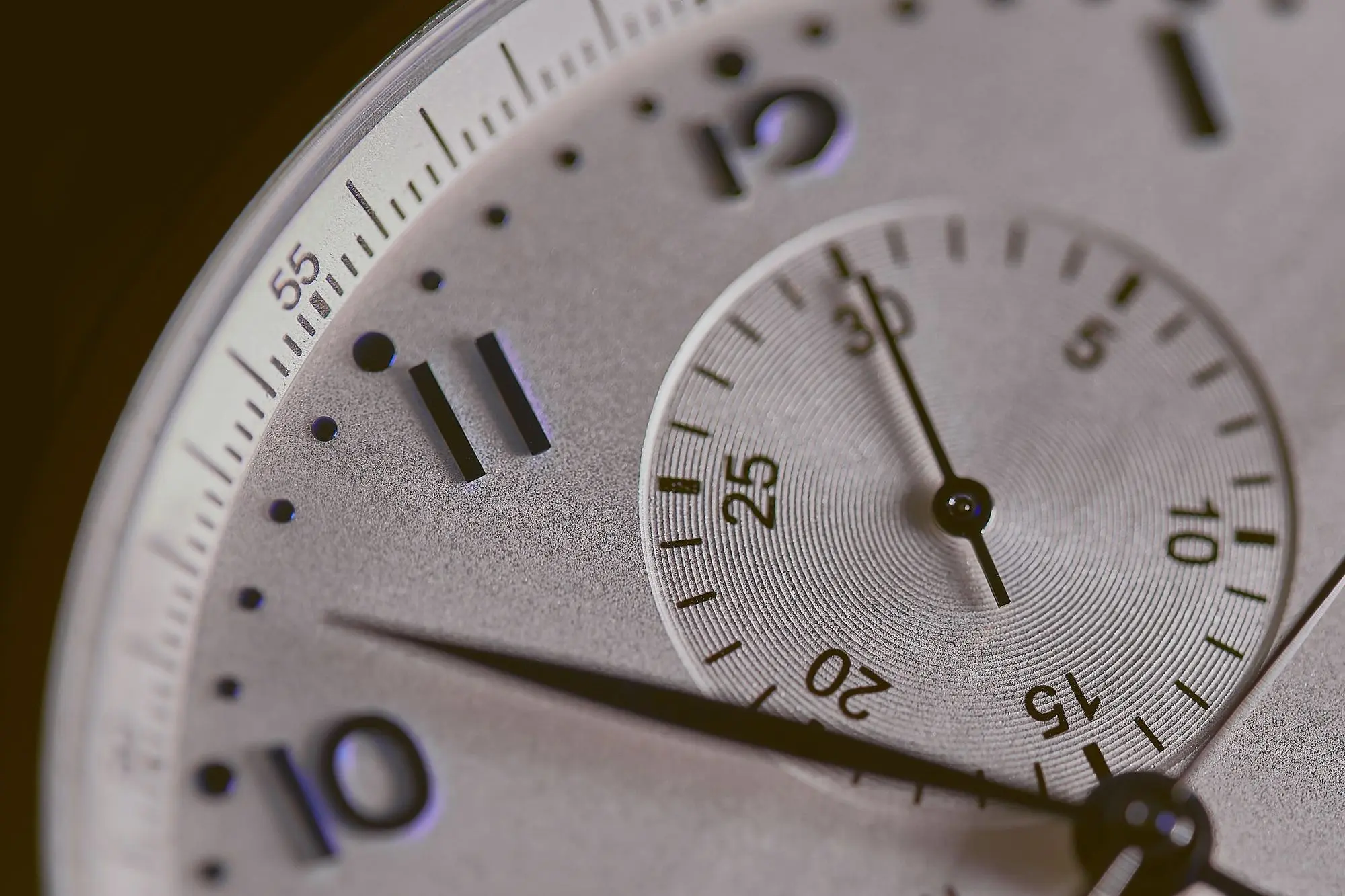
If the Pomodoro Technique is not your thing you can try the Ivy-Lee Productivity Method which is fairly easy to follow and gives a big advantage. This article explains what Ivy-Lee Productivity Method is and how it can be applied to your workflow:
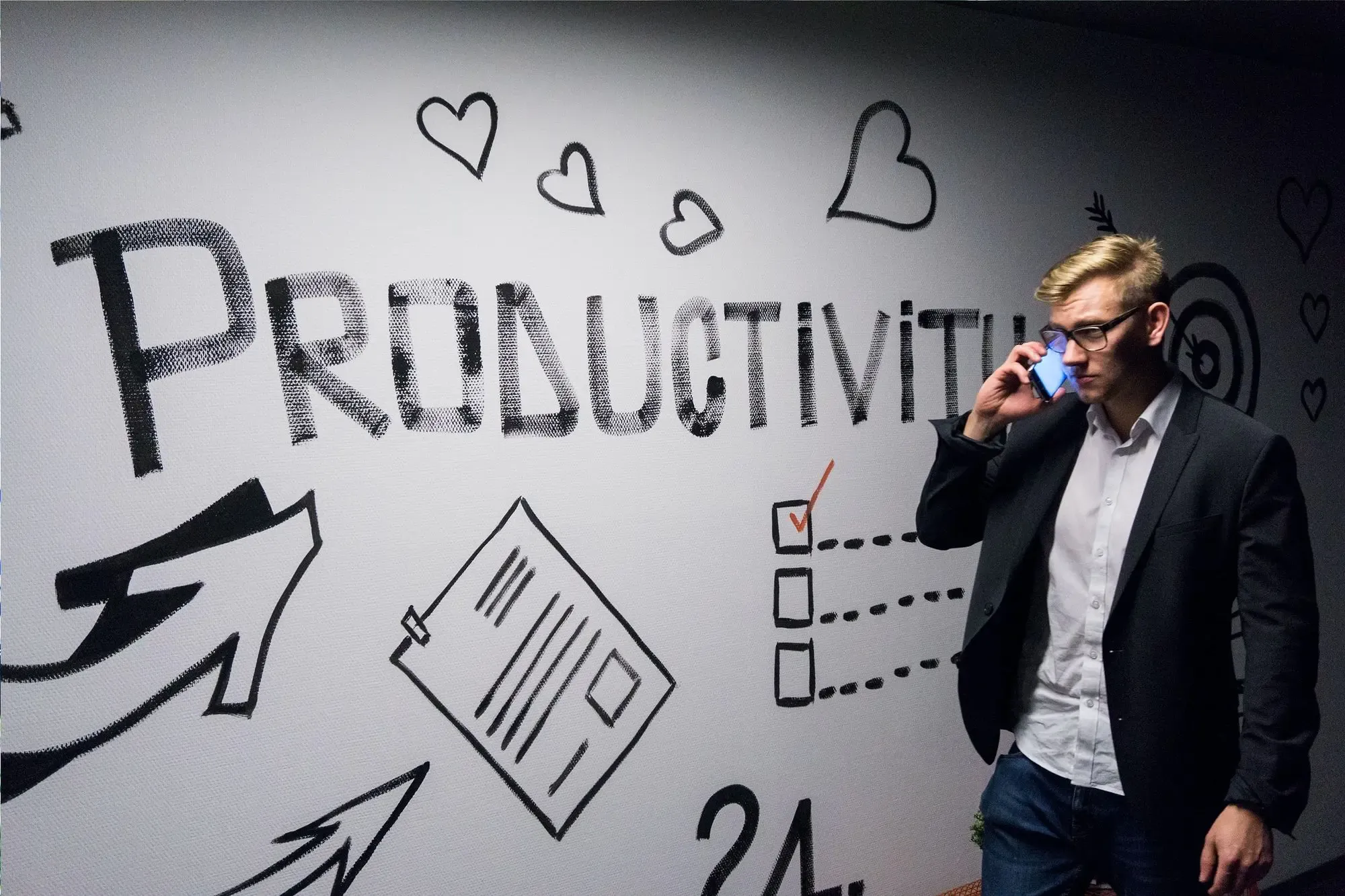
How I Use Eat the Frog In Everyday Life
The Eat the Frog method was one of the first opportunities I came across when I was looking for more productivity in my everyday life. That makes sense, after all the concept can be implemented quickly and without tools. Just think about what absolutely needs to be done today - and then do it directly.
In my own experience, this is especially useful when you frequently blame yourself for your own laziness. But when you've already eaten your daily frog, the pressure drops too. All other tasks are done more as a matter of free will and as the mood takes you - the worst has already been done.
I want to be honest: I rarely use a simple Eat the Frog approach in my day-to-day work. Too often in everyday software development work there are tasks that may not be the most important, but still have to be implemented first - bugs or hotfixes classic example. But, I convert the importance of the task into a frog slime scale. Higher-priority tasks rank higher on the slime scale!
Normally, I prefer to use a simple Eat the Frog method for my household. After work, I think about what has top priority: washing clothes? the dishes? Or is it the bathroom again? Even if I just limit myself to the frog every day and do nothing else, a decent level of cleanliness is maintained and I don't have to spend a whole day cleaning at the weekend.
During work, in addition to the frog scale, I mix Eat The Frog, Ivy-Lee Productivity Method, and Pomodoro Technique to maximize Productivity. But, Eating The Frog is the most important requirement I keep in mind if planning any Pomodoro!
Eat the Frog and Tech: Here's how
If you use digital tools to structure your everyday life, Eat the Frog is usually very easy to integrate into it. I don't think there is a need for a dedicated app just for this method - if necessary, a note app in which you write down your frog will do.
To follow my Frog, I myself currently use a simple Notion page for my to-dos. With Notion, particularly important tasks can be marked - perfect for Eat the Frog. Every day a task gets this mark, no more and no less. That's how I mark my frog.
Other popular organization apps also have such a marking function. Google Tasks and Gmail, for example, also use a star. And in Todoist, tasks can be marked with a priority of 1 to 4. Then simply reserve the 1 for your frog. I guess you could also do it by using a simple Markdown file. Just find the perfect app which suits you.
Combining Eat The Frog, Ivy-Lee, and Pomodoro
In my humble opinion, combining the Pomodoro Technique, the Ivy-Lee Productivity Method, and Eat The Frog is fairly easy. I simply use the Pomodoro Technique to work on my Todo list that I create with the help of the Ivy-Lee Productivity Method.
As I use Pomodoro Technique I automatically have to do breaks and with the Ivy-Lee Productivity Method I will automatically "eat the frog first".
The most complicated part of my daily work is managing how meetings can fit into my working routine. As they are often longer than one Pomodoro they also come in at a random time slot if something unpredictable happens that needs my attention.
Fake Problems In Professional Life
Many people often state that working in a team leads to uncertain events that are influencing their work. They argue that too many people request something important and they have to respond immediately. A constant interference, tasks appear surprisingly which have to be finished as soon as possible.
Honestly, everything above is just an excuse to stop working on a task, start another one, and argue that they do not finish their work properly.
In reality, switching from one task to another lead to bad results because it will hamper overall productivity. This is because of the so-called "Zeigarnik effect", which was studied by the psychologist and neurologist Bljuma Wulfowna Zeigarnik. She conducted an experiment at the University of Berlin and was able to demonstrate that humans can remember up to 90% of incomplete tasks. On the other side, we don't remember tasks that were effectively finished.
Conversely, this means that our brain is constantly busy with unfinished tasks, even if only subconsciously or barely noticeable in the background. This can hamper our productivity.
This means that if you really stop working on eating your frog to do something "important" will lead to bad performance because you constantly think about the frog.
I would suggest combining Pomodoro Technique, Ivy-Lee Productivity Method, and Eat The Frog to have a clean workflow in which every request can be processed on its own. As Pomodoro's are only 4x20 minutes you will postpone any request not very long. As a bonus, sometimes requests are already finished if you want to start them because the requester thought about his "urgent" issue and finds out that it is not so urgent.
Closing Notes
Did you already know the Eat the Frog method and implement it in your everyday life? Or, maybe you already did it all by yourself without knowing the name before? What other tips and tricks do you use to get work, household, and everyday life under control?
If interested you can find more productivity tips from me in an article that I created some time ago, where I shared my personal workflow:
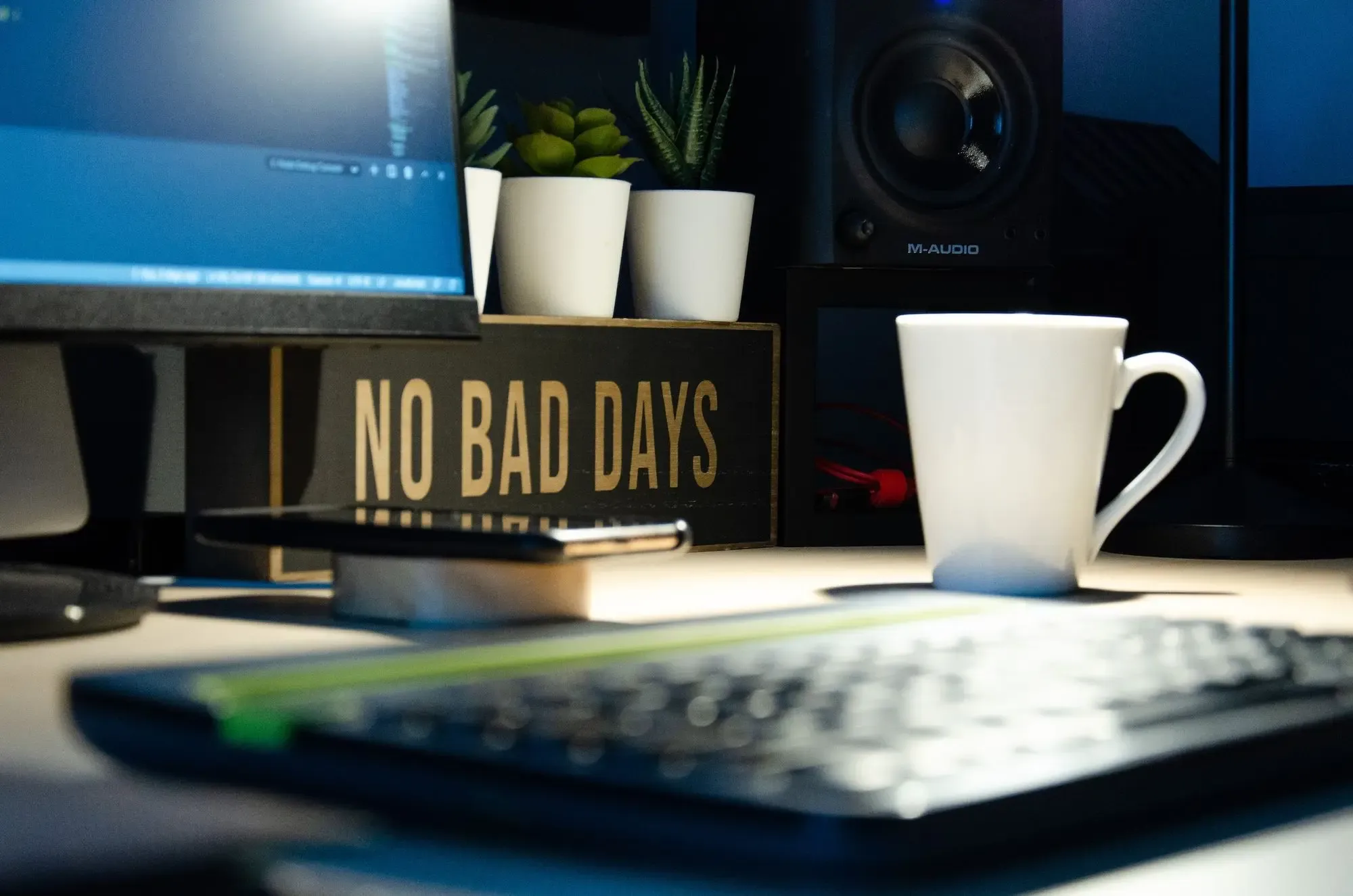
Do you have any questions regarding Eat The Frog? Or do you want to know more about Pomodoro Technique/Ivy-Lee Productivity Method?
I would love to hear your feedback, your thoughts and answer all your questions. Please share everything in the comments.
Feel free to connect with me on Medium, LinkedIn, Twitter, and GitHub.
Thank you for reading, and happy frog-eating! 🍴🐸🐸🍴
🙌 Support this content
If you like this content, please consider supporting me. You can share it on social media, buy me a coffee, or become a paid member. Any support helps.
See the contribute page for all (free or paid) ways to say thank you!
Thanks! 🥰
